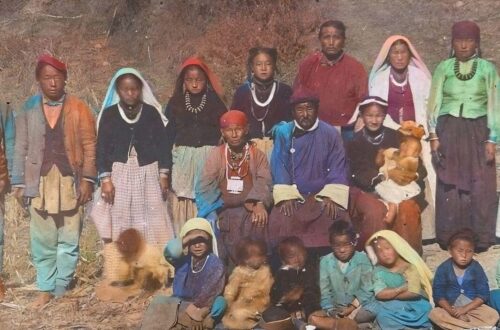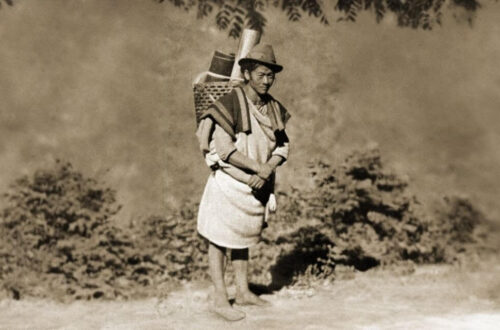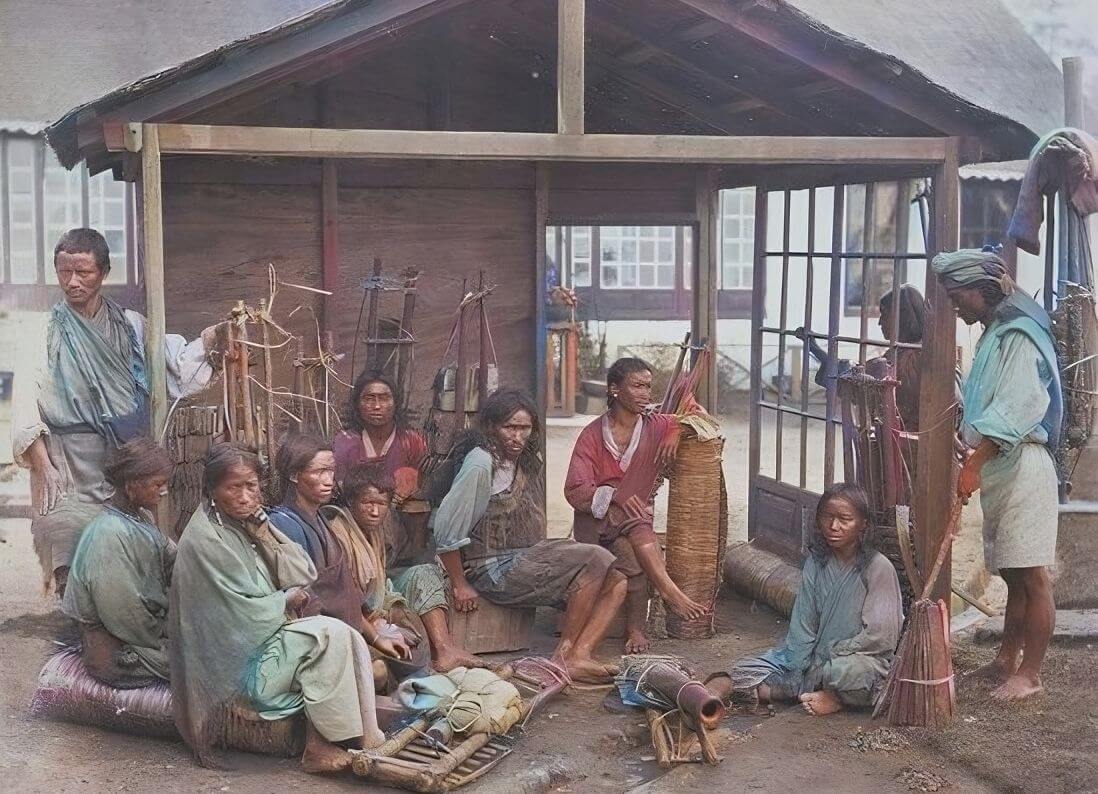
Fascinating Facts About Lepcha People
When it comes to understanding and appreciating different cultures, the Lepcha people have a rich heritage and unique traditions to explore. The Lepcha people are an indigenous community hailing from the Himalayan region, particularly in Sikkim, India, and parts of Nepal and Bhutan. Their culture, language, and history have been the subject of fascination for researchers and cultural enthusiasts alike. In this article, we delve into the fascinating facts about the Lepcha people, shedding light on their origins, traditions, language, and notable contributions.
The Origins and History of Lepcha People
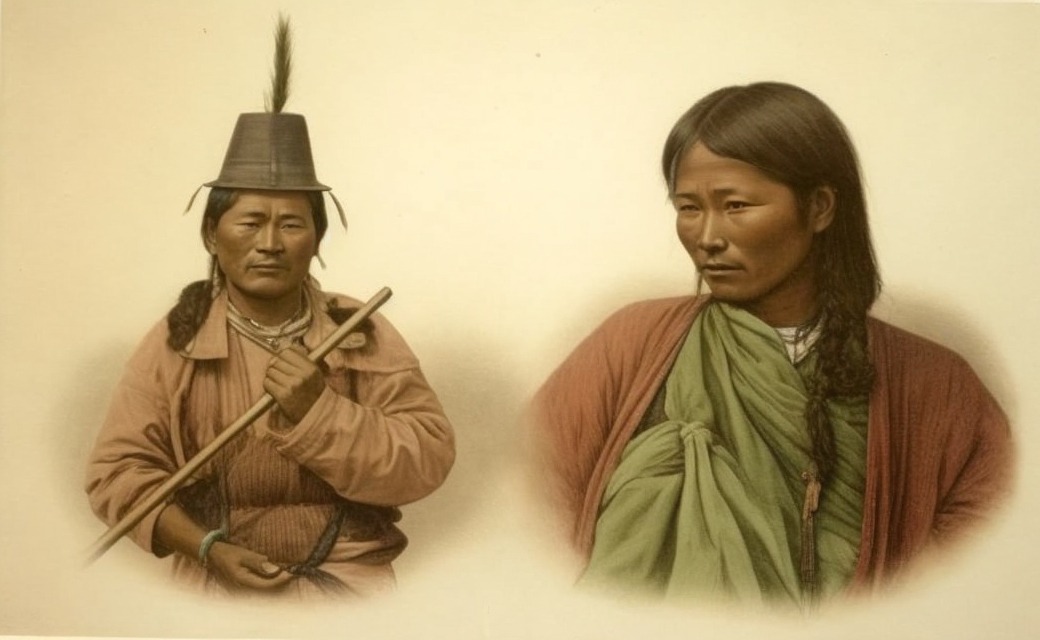
The history of the Lepcha people dates back thousands of years, and their origins can be traced to the ancient migration patterns of the Tibeto-Burman ethnic groups. The Lepcha community, also known as “Rongkup” or “Rong,” has inhabited the eastern Himalayas since time immemorial. They have a deep connection with their land and have lived harmoniously with nature for generations.
One significant influence on the Lepcha culture is Buddhism and Tibetan practices. Over the centuries, the Lepcha people integrated the teachings and rituals of Buddhism into their daily lives, creating a unique blend of traditions that reflect both their indigenous roots and the impact of neighboring cultures. This fusion is particularly evident in their ceremonies, art, and religious practices.
The Lepcha people have also witnessed significant historical events that have shaped their community. With the arrival of the British in India, the Lepcha people faced challenges in preserving their culture and land. However, their resilience and determination to protect their heritage led to significant tribal movements, resulting in the recognition and preservation of Lepcha identity today.
Efforts to conserve and safeguard Lepcha culture have been instrumental in maintaining their traditions and language. Organizations, both local and international, work tirelessly to document and promote Lepcha heritage, ensuring that future generations can understand and embrace their roots.
Language and Communication
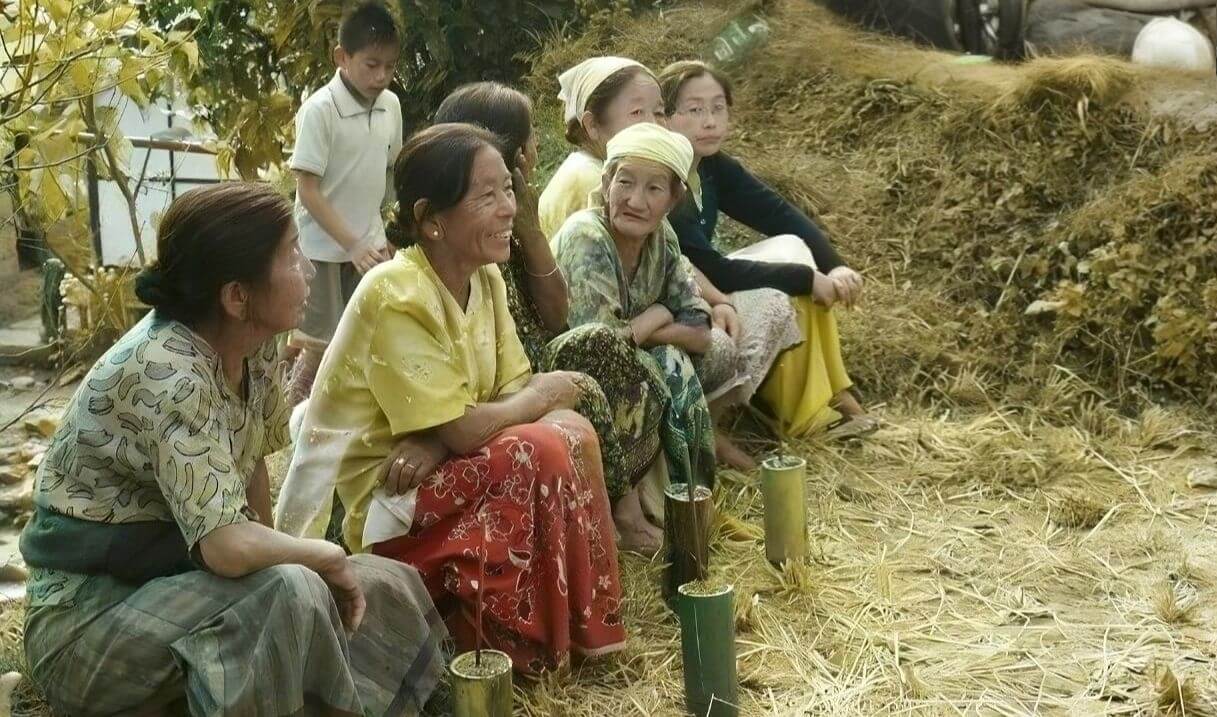
One of the most intriguing aspects of Lepcha culture is their language, also known as “Róng,” which holds immense importance in defining Lepcha identity. Lepcha language is a Sino-Tibetan language with its own unique script and phonetic characteristics. The language has attracted linguists and language enthusiasts who are captivated by its complexity and distinctiveness.
Lepcha language showcases fascinating linguistic features, such as its reliance on tone and pitch to convey meaning. It is also a highly inflected language, where words change form based on various grammatical features. Lepcha script, known as Rong script, is alphabetic and syllabic, and it holds great cultural significance among the Lepcha people.
Compared to other languages spoken in the region, like Nepali or Bhutia, Lepcha language stands out as a distinct linguistic treasure. However, due to modernization and increased exposure to other languages, the number of Lepcha language speakers has declined. Efforts are being made to revitalize the language, with the introduction of Lepcha language courses and educational materials.
If you’re keen to learn Lepcha, there are resources available to help you explore this unique language. Online platforms, language apps, and language centers have emerged to bridge the gap and ensure that the Lepcha language continues to thrive for generations to come.
Cultural Traditions and Customs
The Lepcha people have a rich tapestry of cultural traditions and customs that define their identity. Their celebrations and festivals offer a glimpse into their vibrant culture and are an integral part of Lepcha life.
Throughout the year, the Lepcha people observe various festivals that mark important events and harvest seasons. One of the most well-known festivals is Tendong Lho Rum Faat, celebrated to honor the Tendong mountain, which figures prominently in Lepcha cosmology. During this festival, the Lepcha people gather to perform traditional dances, sing folk songs, and offer prayers for blessings and prosperity.
The Lepcha people are known for their distinctive traditional clothing, jewelry, and attire. Lepcha women wear colorful dresses known as “Mekmol,” adorned with intricate embroidery and patterns. Men, on the other hand, don the “Pagden,” a traditional headgear, along with their unique attire that showcases their cultural heritage.
Customs and rituals play a significant role in Lepcha society. Practices such as “Lapchaa” and “Pongman” involve sacred rituals performed by Lepcha priests during various life events, including birth, marriage, and death. These customs are deeply rooted in the Lepcha belief system and reflect the community’s unwavering connection with their ancestral spirits and natural surroundings.
Music, dance, and performing arts are also integral to Lepcha culture. The Lepcha people showcase their artistic talents through traditional musical instruments like the “Dungdung,” “Kyam,” and “Ying-yang.” Folk songs and dances are performed during festivals, social gatherings, and special occasions, providing a vibrant and rhythmic expression of Lepcha identity.
Notable Contributions and Achievements
While the Lepcha people may be a relatively small community, they have made notable contributions in various fields. Lepcha individuals have excelled in art, literature, music, and other creative endeavors, leaving an indelible mark on their cultural landscape and beyond.
Several Lepcha artists have gained recognition for their exceptional talent. Lepcha paintings, characterized by intricate brushwork and vibrant colors, are now celebrated in the art world. Lepcha literature has also flourished, with notable authors and poets producing works that explore the community’s folklore, history, and contemporary experiences.
The Lepcha people have a close bond with the environment, and their sustainable practices have garnered attention. Through their deep-rooted traditions and beliefs, they prioritize living in harmony with nature. The preservation of their land and the protection of natural resources are values that have influenced their way of life for generations.
Conclusion
The Lepcha people and their culture offer a fascinating glimpse into a world that is rich in history, language, and traditions. Through their enduring customs, distinct language, and artistic contributions, the Lepcha people have etched their place in the tapestry of human heritage. Exploring and embracing diverse cultures like that of the Lepcha can broaden our understanding of the world and foster appreciation for the richness and diversity of human experiences.
Let us continue to celebrate and learn from the Lepcha people, appreciating their incredible legacy and the lessons they offer about living harmoniously with nature and cherishing our cultural heritage.


